Flatworld (1997)
Imagine yourself 2D in 3D world
Género :
Tiempo de ejecución : 30M
Director : Daniel Greaves
Sinopsis
Flatworld is an award-winning 1997 animated short directed by Daniel Greaves. The film was shot using a combination of cardboard cut-outs and traditional cell animation.
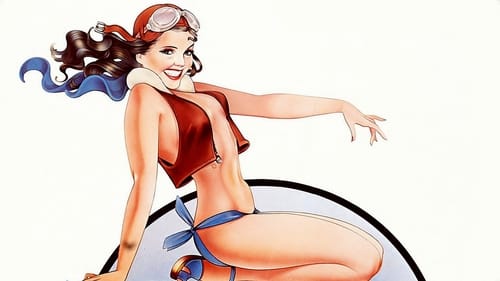
Del director de “Desmadre a la Americana” y los creadores de “Agárralo como Puedas” llegó esta comedia que contiene parodias como la de la mítica serie “Kung–Fu”. Personajes tan respetables como Donald Sutherland ejerciendo un papel cómico son algunos de los rasgos más destacados de la cinta.
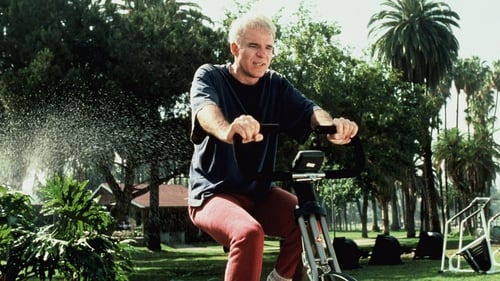
Harry Telemacher (Steve Martin), un estrambótico hombre del tiempo de la televisión, cree que su vida es perfecta, excepto por la imprevisible relación que mantiene con una novia que es una fanática de la moda. Un día de sol radiante y contaminación espesa, el mensaje de una señal electrónica de autopista le cambia la vida, lanzándolo a un frívolo idilio con una joven y bella rubia.

Tras 25 años trabajando en una cadena, el veterano presentador Howard Beale debe abandonar su puesto por el bajo nivel de audiencia. Su jefe y mejor amigo, Max Schumacher, le da dos semanas para despedirse de los espectadores. Beale, viudo y alcohólico, queda trastocado y decide anunciar durante una emisión que se suicidará en su último programa ante las cámaras. El hecho sin precedentes provoca una gran expectación y los propios compañeros tratarán de convertir la destrucción de este hombre en un negocio rentable.
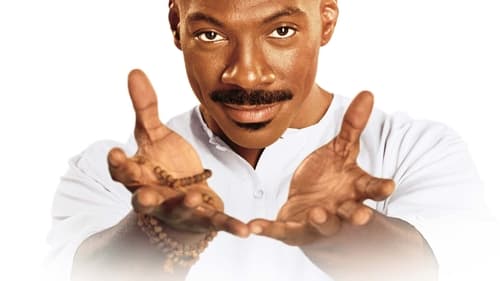
Un ejecutivo de una cadena de teletienda, que pasa por graves apuros profesionales, encuentra a un singular hombre que rehuye de las cosas materiales, pero con gran poder de persuasión.
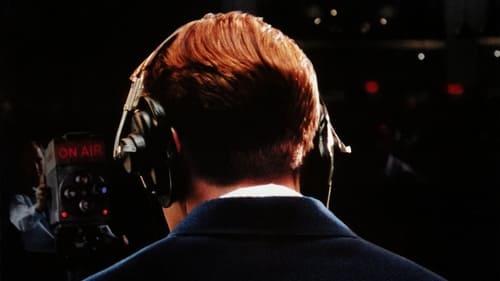
Entre 1956 y 1959, Charles Van Doren, perteneciente a una prestigiosa familia de intelectuales y profesor de inglés de la universidad de Columbia, se convirtió en uno de los personajes más populares de Estados Unidos gracias a su participación en el concurso de televisión ”Twenty One”. Durante tres años contestó siempre las más variadas y difíciles preguntas. Pero, cuando su popularidad había llegado a todos los rincones del país, estalló el escándalo: uno de los concursantes eliminados denunció que el concurso estaba amañado.
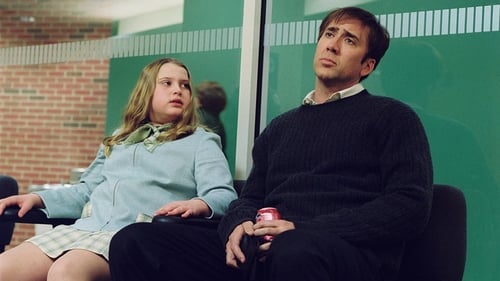
El protagonista (Nicolas Cage), un popular hombre del tiempo televisivo al que trasladan de Chicago a Nueva York, ve cómo su vida personal y familiar se desmorona
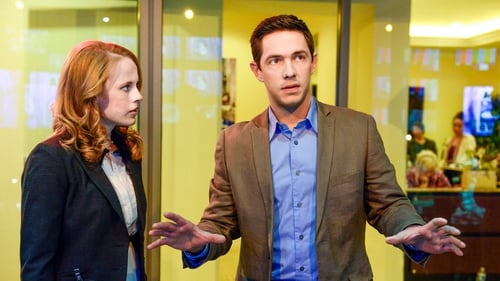
La meteoróloga Deb, pasa la mayor parte de su tiempo terminando la búsqueda apasionada de su doctorado en meteorología. Sin embargo, el viento del cambio comienza a soplar cuando un guapo director de noticias la recluta para que la complete como personalidad del clima en el aire.
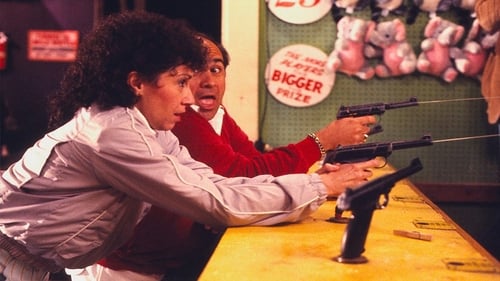
La lucha por los índices de audiencia lleva a Vic a manipular los datos de su programa en una pequeña cadena televisiva. Esto hará que su popularidad aumente y se convierta en una estrella de la pantalla.
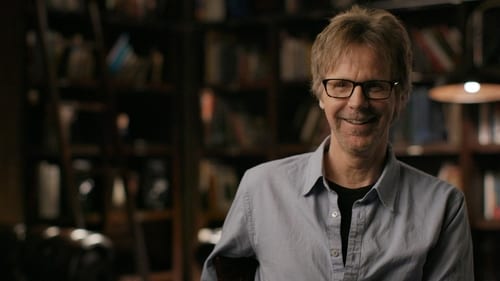
It had all the makings of a huge television success: a white-hot comic at the helm, a coveted primetime slot, and a pantheon of future comedy legends in the cast and crew. So why did The Dana Carvey Show—with a writers room and cast including then unknowns Steve Carell, Stephen Colbert, Louis C.K., Robert Smigel, Charlie Kaufman, and more— crash and burn so spectacularly? TOO FUNNY TO FAIL tells the hilarious true story of a crew of genius misfits who set out to make comedy history… and succeeded in a way they never intended.

The King is the story of Graham Kennedy, Australia's first and greatest home grown TV superstar. It traces his rise from working class Balaclava kid, through radio, TV, film, and back to TV again. It also tracks Kennedy's personal tragedies - the loneliness, the unrealised ambitions and the terrible pressures of being Australia's first homegrown superstar in the 1950s and 60s.

While listening to a tedious lecture on the Soviet threat, Wisconsin Dells’ Tuesday Club members fall asleep and find themselves laboring in an all-women collective in Russia under the unflinching eye of the Soviet special police

"In Chakra, I was able to transfer the traditional order of the chakras into a film, starting with the first (lower) chakra and working up to the seventh (top) chakra…" - Jordan Belson

An ascetic walks through the narrow streets of a village every morning while his family is still asleep. In his semi-somnolent state he dreams about the history of the village mixing up myths, folklore and facts.


A surrealist saga in four parts: 1.) The credit sequence in which title cards show successively larger foetuses pulsating on the screen until the baby is born and cries.
2.) Etoile-directly referring to Cocteau, Lethem shows an adolescent sucking a starfish and then giving birth to a smaller starfish. A statement of inadequacy. To give birth involves an emasculation and a loss of vitality.
3.) Corps-two images of a man on a couch groping for each other, watched by a mysterious peeping Tom. As the two superimposed images come together, the heavy breathing subsides…the statement that the birth of desire is a self – realisation.
4.) Hymen – The decaying body of a girl is shot through green filters, and the final image reveals her vagina crawling with maggots and overlain with a crucifix. A representation of Catholicism preventing the free expression of desire.

A young boy gets caught stealing a sheep and is shaved of all his hair and branded with a mark on his forehead so that everyone will know that he is a thief and not to be trusted. Dumped in the desert, the thief covers his marking with a headscarf and goes to the nearest village where he is taken in by a trusting family in return for his work. However, has be actually changed or is he still the same thief at heart?
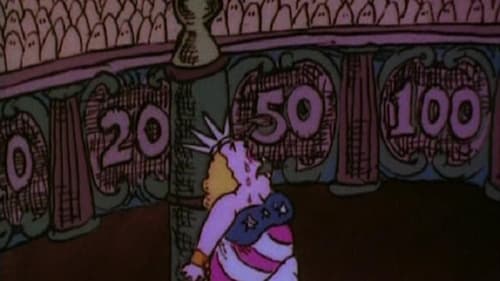
Uncle Sam has been living peacefully in the American southwest, running a gas station. But when terrorists kidnap the Statue of Liberty, Uncle Sam teams up with an eagle to go rescue her.

A formal 1861 portrait of a Chinese Mandarin and his wife is the starting point for this allegorical investigation of the fantasies spawned in the West about the East, particularly that which associates femininity with the mysterious Orient. ADYNATA presents a series of oppositions-male and female images, past and present sounds-which in and of themselves construct a minimal and fragmentary narrative, an open text of our imaginations, fears and fantasies.

Simple objects, photographs, and events prompt Frank to self-conscious rumination. From his homes in New York and Nova Scotia and on visits to friends, the artist contemplates his relationships, the anniversary of his daughter's death, his son's mental illness, and his work.

Documentary film and home movie about Dwight Core, Jr., a boy with Down syndrome. The footage was originally shot throughout the 1960s and 1970s by Core's father, Dwight Core, Sr. The footage was later discovered and completed by the filmmaker's grandson, George Ingmire

De Düva is a 1968 Oscar-nominated American short film that parodies the films of Swedish director Ingmar Bergman, including Wild Strawberries and The Seventh Seal. The film borrows heavily from the plot lines of some of Bergman's most famous films. The dialogue, seemingly in Swedish, is actually a Swedish-accented fictional language based on English, German, Latin, and Swedish, with most nouns ending in "ska." The film was nominated for an Oscar for Best Live Action Short Film.

"TESTAMENT is James Broughton's exquisite self-portrait. A major figure in avant-garde filmmaking and poetry since the 1940s, Broughton views his life and life's work with irony, charm, humor, and a combination of joyous self-love and gentle self-depreciation. Scenes from his earlier films mix the elements of humor, magic, slapstick, melodrama, and romance which mark his aesthetic. A plethora of rich personal symbols is woven throughout the film, tied together by verbal games, Zen poems, anecdotes, songs, a child's prayer, dreams, and visions." - Karen Cooper "James Broughton's TESTAMENT is one of the most remarkable films ever produced within the American independent cinema. It is the most moving and most sublimely detached of the recent trend of filmic autobiographies - by Jerome Hill, Jonas Mekas, and Stan Brakhage, to name only the masters, and Broughton's peers." - P. Adams Sitney "A beautiful, important, mysterious work." - Amos Vogel

A documentary overview of silent cinema pioneer Edwin S. Porter.

This bold, stunning exploration of a white mother who undergoes a radical mastectomy and her Black daughter who embarks on a modeling career reveals the profound effects of body image and the strain of racial and sexual identity on their charged, intensely loving bond. At the heart of Onwurah’s brave excursion into her mother’s scorned sexuality is a provocative interweaving of memory and fantasy. The filmmaker plumbs the depths of maternal strength and daughterly devotion in an unforgettable tribute starring her real-life mother, Madge Onwurah.

In Razor Blades, Paul SHARITS consciously challenges our eyes, ears and minds to withstand a barrage of high powered and often contradictory stimuli. In a careful juxtaposition and fusion of these elements on different parts of our being, usually occurring simultaneously, we feel at times hypnotised and re-educated by some potent and mysterious force.

A short documentary that explores a blue-collar community’s growing unease with the Vietnam War. It was produced in response to President Nixon’s famous November, 1969 speech when he contrasted the unlawful and vocal anti-war protesters to the respectful “silent majority” who were in favor of remaining in Vietnam to fight communism. This film explores the thoughts and opinions of the “silent majority” represented by the folks living in the Garfield Ridge neighborhood on the southwest side of Chicago.

The U.S. Army Signal Corps Pictorial Division made this short documentary shortly after the end of WWII to look at the after-effects of the atomic bombs dropped on Hiroshima and Nagasaki. There is no credited crew or cast.

Life, customs and the fight for survival in the desolate wastelands of the Venezuelan plains.

An Islamic faithfull returns from his holy pilgrimage to Mecca with the venerated title “el hadji”. On his return he falls in love with his daughter’s friend Santou, who is already engaged to be married to Garba. El Hadji however already has two wives and his second wife, Gaika, cannot stand the idea of another younger wife entering her house. She plots to kill Santou.

Shot in high-definition video using rear-screen process plates from classic Warner Bros. films noirs. A young man (in color) searches for his past through black-and-white scenes from "The Big Sleep," "Mildred Pierce," and "Strangers on a Train."














